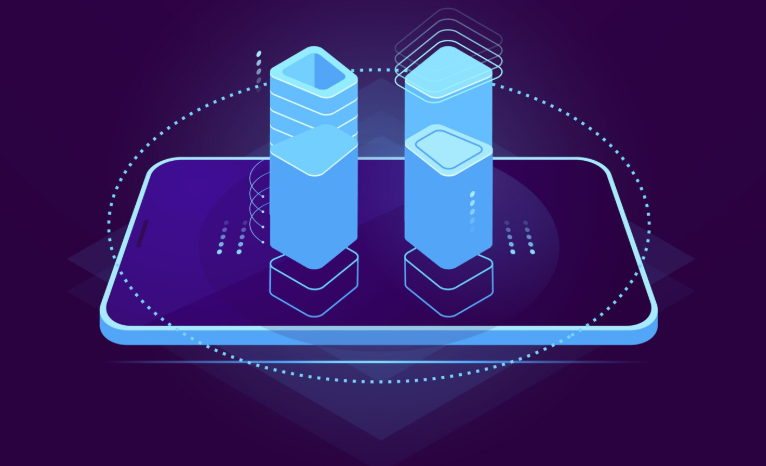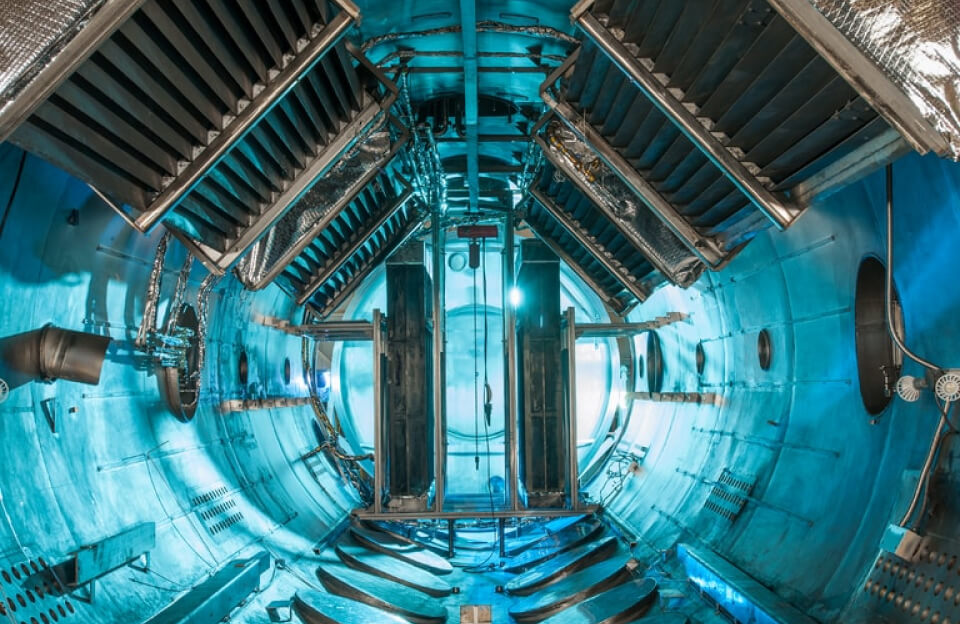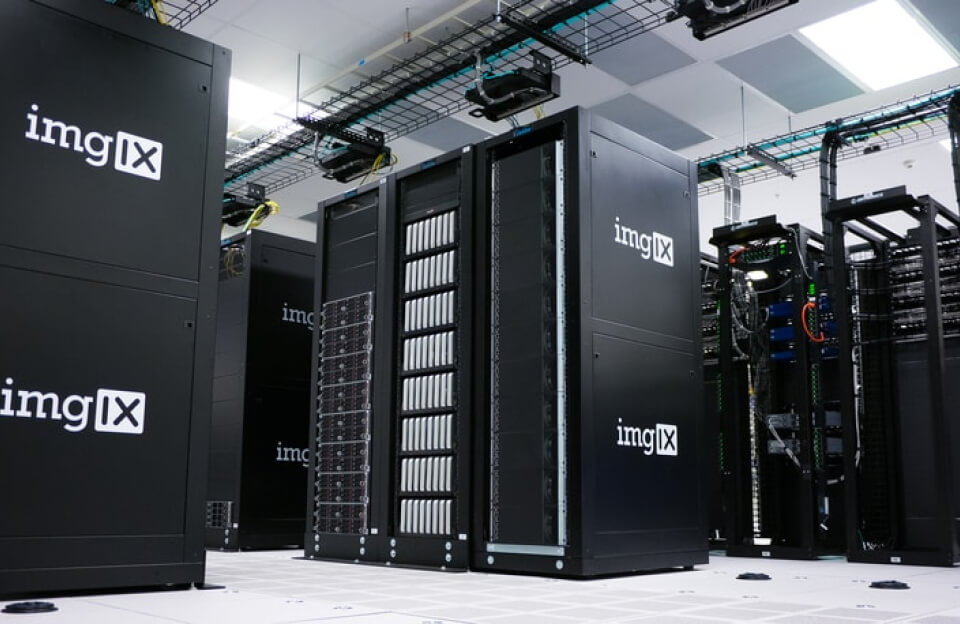Probably one of the most transformative technologies to have emerged in recent years, which has been essentially shaping industries across the globe and particularly in the United States, the digital twin starts playing an important role, from manufacturing floors to healthcare facilities-from smart cities to aerospace engineering; digital twins have allowed organizations to visualize, simulate, and optimize their physical assets all in real-time. As another benefit, the efficiency savings, cost reductions, and enhanced decision-making brought about by this leading technology actually form the foundation of the digital revolution necessitated by the United States.
What is Digital Twin Technology?
In short, digital twins are virtual replicas of physical entities or systems that use real-time data from sensors and IoT to track performance, simulate scenarios, and predict changes. Unlike traditional simulations, they are constantly updated and interactive.
For example, a digital twin monitors the temperature, vibration, and output quality of a manufacturing machine. Thus, engineers can see signs of wear and tear early, predict failures, and schedule maintenance on an optimal basis. Thus, digital twins forge a vital bridge between digital and physical operations by providing critical insights and control.
How Digital Twins Work
Digital twins use IoT, AI, machine learning, and cloud technologies. Sensors collect data from physical objects, which AI/ML analyzes in the digital twin to detect patterns, optimize processes, and predict outcomes.
Integration with enterprise systems, like ERP and PLM, also enables companies to handle complicated workflows, monitor assets, and make informed decisions throughout the life cycle of products and processes.
Digital Twins Applications America
Moreover, the popularity of digital twins is rapidly expanding across various sectors in the USA. Consequently, here’s how different industries are leveraging this innovative technology:
- Manufacturing
US manufacturers are increasingly using digital twins to improve production, lower downtime, and increase quality. By simulating their production lines, manufacturers can identify bottlenecks, test new processes virtually, and predict equipment failure before it occurs. Other companies, including General Electric, Boeing, and Ford, use these technologies to improve efficiency, cut costs, and maintain a competitive edge.
- Healthcare
In healthcare, digital twins transform patient care and hospital operations. Virtual models of organs, patients, or systems help doctors simulate surgeries, monitor treatment, reduce risks, and provide personalized care across the US.
- Smart Cities
All US cities are now considering applications of digital twins in urban planning and infrastructure optimization. By simulating traffic, energy use, and emergency response, city planners make data-driven decisions to boost efficiency and residents’ quality of life. Cities like Boston and New York use digital twins to optimize infrastructure and tackle climate challenges.
- Energy and Utilities
The energy companies are adopting digital twins to keep track of various critical infrastructure, like power grids, wind turbines, etc. By simulating scenarios, utilities can diagnose equipment failures, optimize energy distribution, and reduce costs. Thus, digital twins help ensure a reliable and sustainable energy supply in the United States.
- Aerospace and Defense
Aerospace and defense use digital twins to design, maintain, and improve aircraft. Simulating flight environments and monitoring structural integrity, companies like NASA and Lockheed Martin enhance safety, efficiency, and innovation.

Benefits of Digital Twins
Pros of implementing Digital Twins:
Predictive maintenance can support organizations in keeping an eye on their assets, giving them a chance to predict failures before their occurrence and thus minimizing shutdown time and maintenance costs.
- Data-informed Decision Making: Real-time insights enable managers to take informed and strategic decisions.
- Cost efficiency: Operations can be optimized and waste minimized, hence improving overall profitability.
- Fast Innovation: New ideas and scenarios can be tested virtually without affecting physical systems.
- Sustainability: Keeping a check on energy used allows reduction in waste and instills environmentally friendly practices.
Challenges in Digital Twin Implementations
Although digital twins offer plenty of benefits, they come with their fair share of challenges.
- Data Security and Privacy: Managing large sets of sensitive data introduces cybersecurity and privacy issues.
- Integration Complexity: Integrating digital twins with existing systems and IoT infrastructure may become a technical chore.
- Cost Factor At The Onset: For the start-up and maintenance of a digital twin in line with technology, it is very heavy with costs and expertise.
- Standardizations: The lack of codes and policies can make the digital twin challenging for a potential company to implement and foster compatibility with other systems.
Outlook of Digital Twins In the USA
Digital twins still gaze towards a promising future in the USA. As the AI, Io, and cloud technologies rise in maturity, digital twins will become more predictive, available, and significant for business operations.
-By 2025, digital twins are projected to become widespread in manufacturing, healthcare, energy, and city planning. Real-time projections, predictive analytics, and AI-driven insights will make digital twins an indispensable project for any organization seeking enhanced effectiveness, sustainability, and competitive advantage.
Cities may be expected to have more and more digital twins for the purpose of optimizing urban infrastructure, which, among other aspects, pertains to traffic analysis and energy efficiency. Industrial applications set for a digital twin momentum are likely to occur in the U. S. to open areas for innovation while cutting business operation costs and associated risks.
Conclusion
Digital twins have come to define this new era and are also changing the paradigm for how enterprises in the U. S. do business. They will use simulations for monitoring the physical system remotely and, in a proactive stance, forecast the breakdown of systems, improve their working mechanisms, decrease costs, and speed up the innovation cycle.
From factories to hospitals, smart cities, and energy systems, digital twins offer major advantages. U.S. companies lead this transformation, boosting efficiency, employee safety, and environmental sustainability.
As of present, it is not a matter of choice but a necessity; digital twins are showcased in a wide variety of enterprises desperately trying to cope with the major digital shock. It is the fossil of digital promoters who are going to build the pathways leading to extended U. S. leadership and transference of this transformative technology into every industry once and for all.



